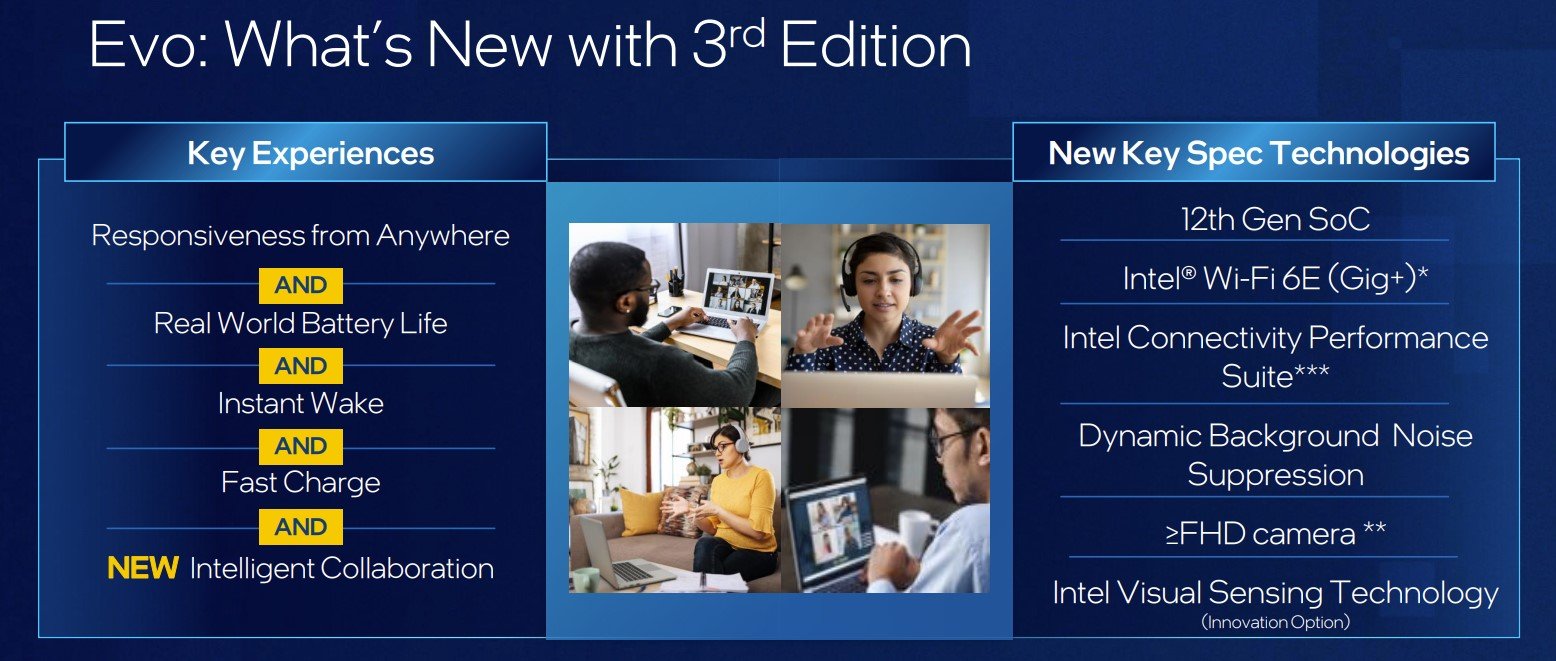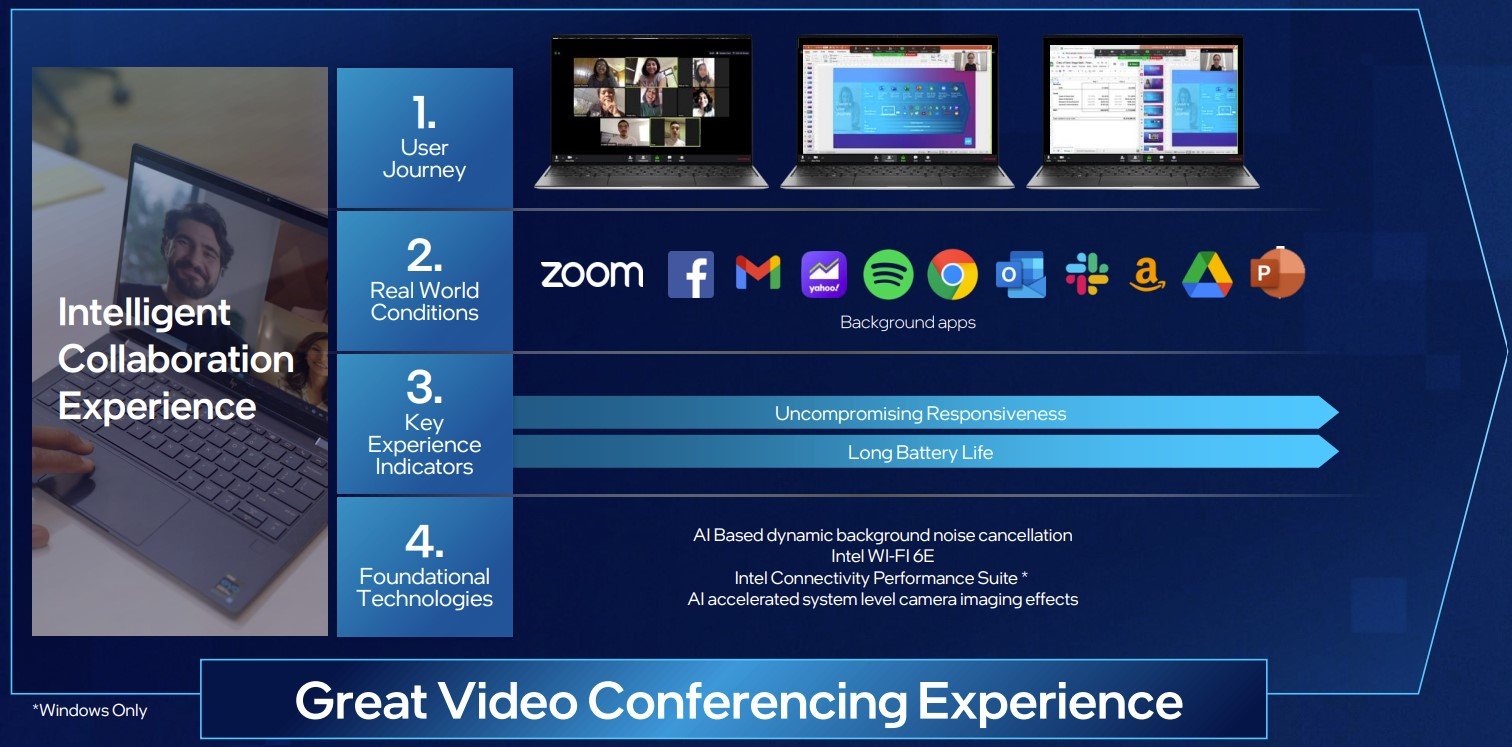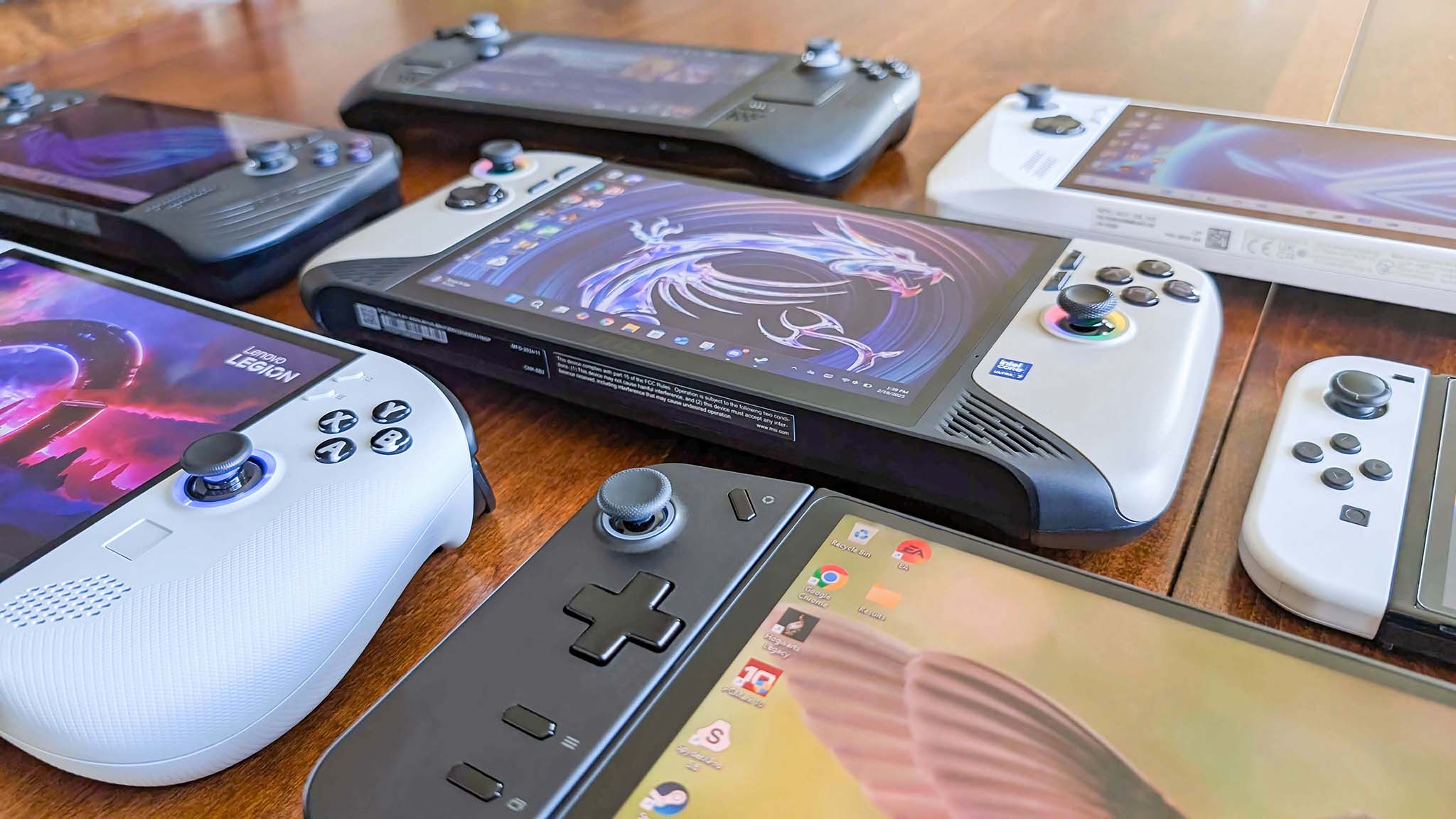
Intel's 11th Gen Core mobile processors (CPU) with Intel Xe integrated graphics were announced late 2020, and with them came a new platform brand called "Intel Evo." If you're familiar with Intel's other initiative to accelerate laptop innovation known as "Project Athena," Evo is essentially a second coming that still encompasses specifications and "Key Experience Indicators" (KEI) set out by Athena. It's intended to allow laptop users to achieve their full potential, without being held back by iffy performance, slow responsiveness, and unreliable battery life.
And now with Intel's 12th Gen Core mobile CPUs announced at CES 2022 comes a third generation of Evo, complete with a number of new crucial features and KEIs required to receive the Evo badge. Let's take a look at what's new with the Intel Evo platform as it hits the third edition and what it means for you as a laptop user.
What is Intel Evo?
An introduction to Intel Evo from 2020.
Intel Evo, first introduced in 2020, is considered a second edition of Project Athena, the initiative fleshed-out by Intel in 2019. Project Athena laptops required consistent (and relatively lengthy) battery life and consistent performance while running on battery. They required fast charging, and they required snappy system responsiveness for things like instant wake. Additional features like Wi-Fi 6, optional Gigabit LTE, and far-field voice recognition were also listed.
Intel made it clear that Project Athena specs were just the first round of targets, and the second-gen Evo brought a new round of required KEIs and features. For a laptop to receive the original Evo badge, it had to have an 11th Gen Intel Core i5 or Core i7 CPU with Intel Xe integrated graphics. With one of the supported CPUs on board, the laptop had to then hit these KEI targets (from Intel) as a minimum:
- Consistent responsiveness on battery.
- Wake from sleep in less than 1 second.
- 9 or more hours of real-world battery life on laptops with a Full HD display.
- 4 or more hours of battery life in a 30-minute charge on laptops with Full HD display.
Intel didn't stop with its four second-gen Evo KEIs. Laptops with the Evo brand required Wi-Fi 6 connectivity, Thunderbolt 4 ports, and USB-C charging, which was a welcome change that cut down on the various barrel and plug charging adapters. There were a number of other highlights laid out by Intel, including a minimum of 8GB dual-channel RAM, 256GB PCIe NVMe SSD, biometric login abilities (IR camera, fingerprint reader, Bluetooth proximity sensor), and optional Gigabit LTE connectivity.
What's new with Intel Evo's third edition?

Intel Evo is now hitting its third edition with the release of 12th Gen Intel Core mobile CPUs. Along with one new KEI target added to the original list, Intel has added a number of new key specs required for a laptop to receive the third-edition Evo badge. Let's take a look first at the new key spec technologies that Intel has laid out.
Get the Windows Central Newsletter
All the latest news, reviews, and guides for Windows and Xbox diehards.
For laptops to receive the third-edition Evo badge, there are a number of new key specs as laid out by Intel.
- 12th Gen Intel SoC
- Intel Wi-Fi 6E (Gig+) support as an option based on market availability
- Intel Connectivity Performance Suite (available on Windows only)
- Dynamic background noise suppression
- Intel Visual Sensing technology
- FHD camera (strongly encouraged, not absolutely required) or Intel IPU6/MIPI camera
Second-edition Evo guidelines had a minimum 720p resolution for the camera, as well as high-quality speakers and tuning.
The new KEI added to the original list is called "Intelligent Collaboration," which promises to deliver high-end video conferencing. It starts with an Intel Evo laptop running multiple collaboration apps in the background (and foreground) without a hit to responsiveness and battery life. It then mixes in dynamic background noise reduction with the help of AI, Intel Wi-Fi 6E (Gig+) wireless speed and bandwidth, Intel's Connectivity Performance Suite (which optimizes your wireless network while prioritizing critical communication traffic), and camera imaging effects also with the help of AI acceleration.

For the first time ever, some 12th Gen Intel H-series systems are included in the Evo platform. These laptops must meet all standard Intel Evo requirements laid out above, as well as hitting the following extra requirements.
- Must have a 12th Gen Intel Core H-series CPU (35W to 45W TDP)
- Must have Intel Arc Discrete GPU with Intel Deep Link
- Must have a "creator-oriented" display between 15 and 16 inches in size
This is a significant change to previous Evo guidelines, which had devices ranging from 12 to 15 inches with at least an FHD touch display. "Creator-oriented" is currently left open to interpretation, but I suspect it will require accurate color reproduction, a certain level of brightness, and/or HDR support.
Intel also announced at CES 2022 a foldable display PC spec that meets all of the third-edition EVO requirements. It's a fairly large form factor that essentially folds down the middle of the display, expected sometime in 2022. Our article explaining the new Intel foldable PCs has a lot more information.
Altogether there are a lot of features and specifications to keep track of, and that's no doubt why Intel is putting them all under one Evo badge. When you're shopping for the best Ultrabook and value what Intel encompasses here, it's far easier to look for Evo than to delve into spec sheets.

Cale Hunt brings to Windows Central more than eight years of experience writing about laptops, PCs, accessories, games, and beyond. If it runs Windows or in some way complements the hardware, there’s a good chance he knows about it, has written about it, or is already busy testing it.
